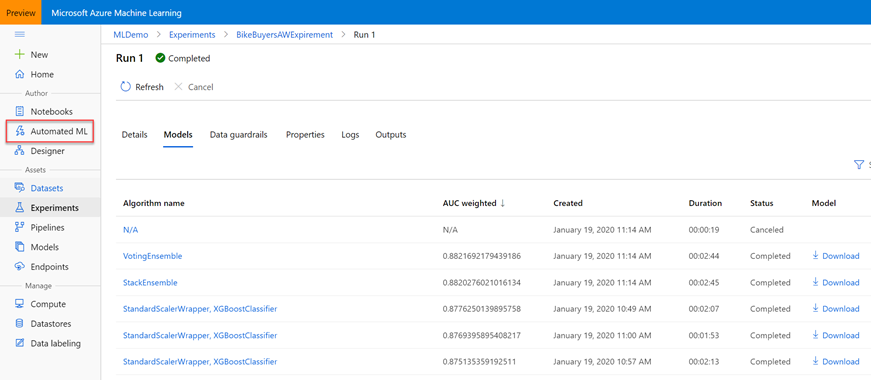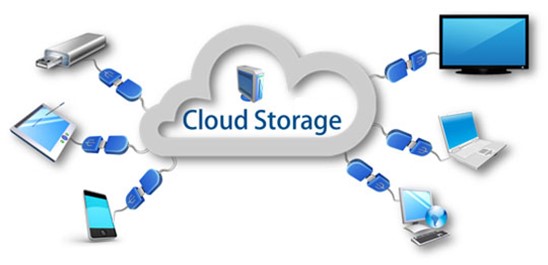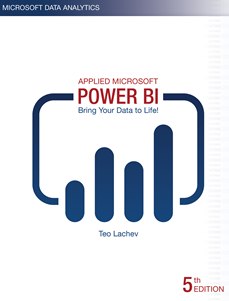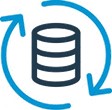Atlanta MS BI and Power BI Group Meeting on February 3rd
MS BI fans, join us for the next Atlanta MS BI and Power BI Group meeting on February 3rd, Monday, at 6:30 PM at the Microsoft office in Alpharetta. Shabnan Watson will discuss how to apply aggregations to Power BI DirectQuery datasets to improve report performance. Melissa will sponsor the meeting. For more details, visit our group page and don’t forget to RSVP (fill in the RSVP survey if you’re planning to attend).
| Presentation: | Aggregations in Power BI |
| Date: | February 3rd, 2020 |
| Time | 6:30 – 8:30 PM ET |
| Place: | Microsoft Office (Alpharetta) 8000 Avalon Boulevard Suite 900 Alpharetta, GA 30009 |
| Overview: | Aggregations are one of the most important optimization methods for managing big datasets in Power BI. Combined with Direct Query storage mode, they allow big datasets to be analyzed efficiently by answering high level analytical queries quickly from memory while sending more detailed queries back to the source database. In this session, you will learn about the concept of aggregations, different table storage modes in Power BI, different kinds of aggregation tables, how to configure aggregation tables so that they can answer high level user queries, and finally how to use tools such as DAX Studio or Extended Events to determine if the aggregations are actually being used. |
| Speaker: | Shabnam Watson is a Business Intelligence consultant with 18 years of experience developing data warehouse and BI solutions. Her work focus within the Microsoft BI Stack has been on Analysis Services and Power BI. She is an active member of PASS community and has spoken at PASS Summit, PASS SQL Saturdays, PASS Women In Technology Virtual Chapter, and other Local user groups. She is one of the organizers of SQL Saturday Atlanta and SQL Saturday Atlanta BI Edition. She holds a master’s degree in computer science, a bachelor’s degree in Computer Engineering, and a Certified Business Intelligence Professional (CBIP) certification by The Data Warehouse Institute (TDWI). |
| Sponsor: | Bad data is bad business. Melissa helps organizations profile, cleanse and verify, dedupe and enrich all their people data (name, address, email and phone number) and more. With clean, accurate and up-to-date customer information, organizations can monetize Big Data, improve sales and marketing, reduce costs and drive business insight. https://www.melissa.com/ |
| Prototypes with Pizza | TBD |














